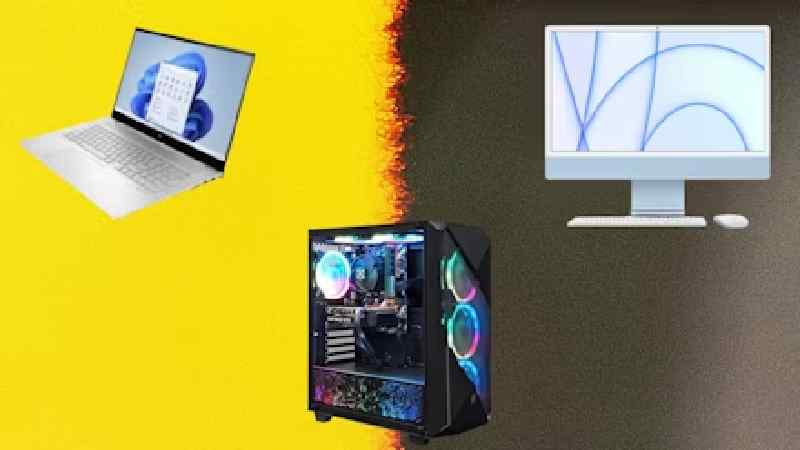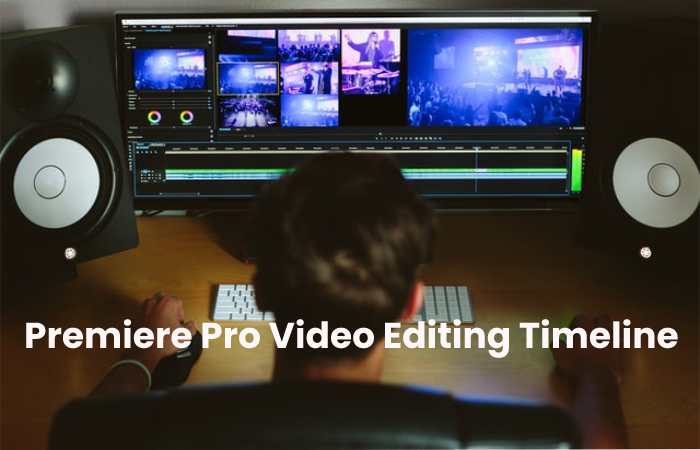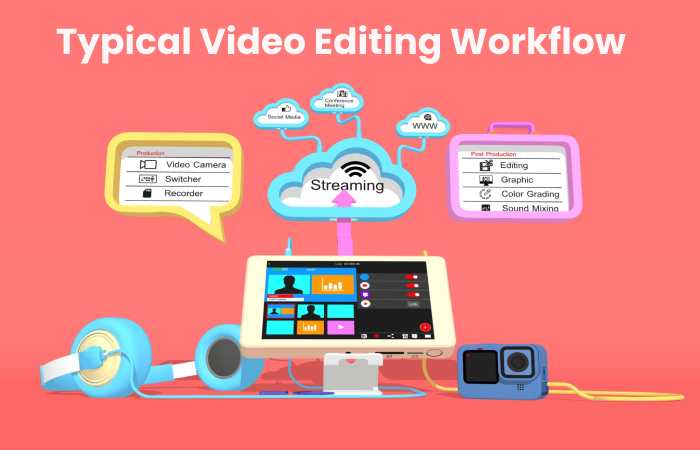Desktop For Video Editing
Desktop PCs don’t generate as much heat as laptops, meaning you won’t have to worry about your system overheating. Overall, desktops perform better than laptops in video editing due to their more powerful processors and larger RAM.
Video editing is one of the most common activities on a computer or workstation. It makes sense why so many individuals are seeking the ideal video editing machine. A dedicated and well-optimized computer for video editing may help you save a tonne of time, aggravation, and money over the long term.

It’s beautiful that video editing is now so widely available that you can edit videos on a laptop. In the past, cutting enormous, heavy, and astronomically expensive machines were the only method to edit analog video.
From a technological aspect, anybody can be a video editor thanks to current computers, digital video, and the rate at which computer technology develops.
You can learn how to edit most films without paying for an expensive film school; you only need a video editing computer. Desktop For Video Editing
How does Video Editing utilize your Computer’s Hardware?
The first step in creating the finest computer for video editing is to determine which hardware your video editing software utilizes most frequently and how.
So many various video editing programs are available nowadays, but for now, I’ll concentrate on Adobe Premiere Pro. According to the poll above, Premiere Pro is the most widely used video editing program by experts and novices, making it ideal for our investigation.
After all, many different video editing programs use the hardware similarly.
Premiere Pro Video Editing Timeline

Let’s look at how I would edit a video in Premiere Pro first. And then, we can go deeper into the hardware implications of these stages.
My standard procedure for editing videos:
Insert video into my project (maybe proxies)
Use this material to create sequences and preliminary edits.
I frequently replay my timeline so I can make edits.
Add titles, transitions, and effects.
Add music and sound effects.
Create a Timeline for me using the actual, non-proxy footage.
This is a very simplistic workflow of a video editor’s everyday tasks. It’s nothing fancy.
Typical Video Editing Workflow

The standard editing process for video
If you stop to think about it, editing video can be simplified into a few fundamental processes from a hardware perspective:
The software uses Your storage device to read Data (the Footage).
This clip has to remain decoded by your editing software.
Afterward, the Software modifies this footage following the effects and color grading you have selected (if at all).
When viewing the timeline, the altered video is typically saved in the Memory (RAM), giving you a real-time experience (editing).
The only thing you add to this chain when rendering out your finished output is:
The timeline should remain encoded using the specified codec. And the final data should remain saved to your chosen storage option.
To create our Best Computer for Video Editing, we must maximize these six basic procedures as much as possible. Desktop For Video Editing.

